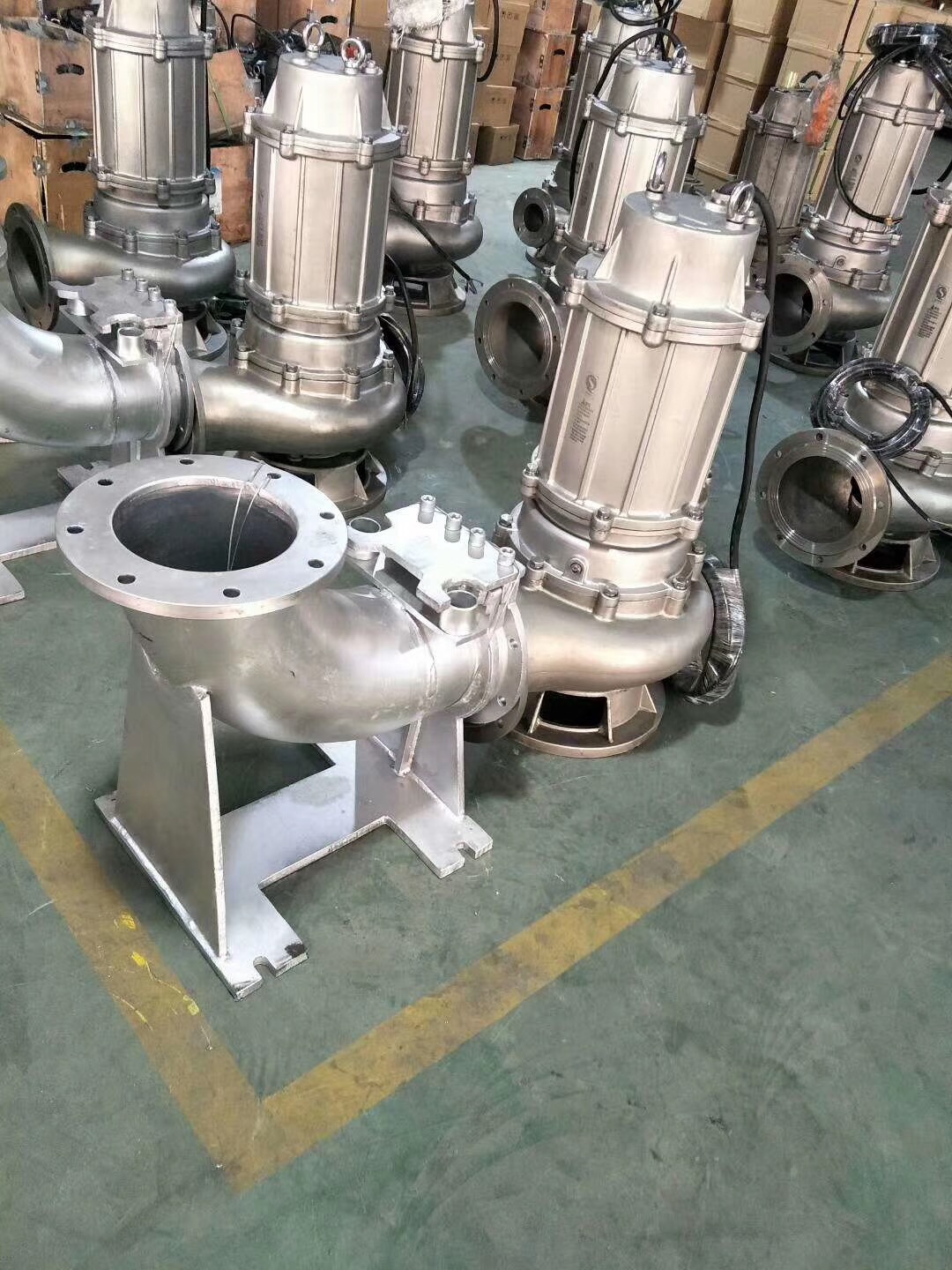Czech
- Afrikaans
- Albanian
- Amharic
- Arabic
- Armenian
- Azerbaijani
- Basque
- Belarusian
- Bengali
- Bosnian
- Bulgarian
- Catalan
- Cebuano
- Corsican
- Croatian
- Czech
- Danish
- Dutch
- English
- Esperanto
- Estonian
- Finnish
- French
- Frisian
- Galician
- Georgian
- German
- Greek
- Gujarati
- Haitian Creole
- hausa
- hawaiian
- Hebrew
- Hindi
- Miao
- Hungarian
- Icelandic
- igbo
- Indonesian
- irish
- Italian
- Japanese
- Javanese
- Kannada
- kazakh
- Khmer
- Rwandese
- Korean
- Kurdish
- Kyrgyz
- Lao
- Latin
- Latvian
- Lithuanian
- Luxembourgish
- Macedonian
- Malgashi
- Malay
- Malayalam
- Maltese
- Maori
- Marathi
- Mongolian
- Myanmar
- Nepali
- Norwegian
- Norwegian
- Occitan
- Pashto
- Persian
- Polish
- Portuguese
- Punjabi
- Romanian
- Russian
- Samoan
- Scottish Gaelic
- Serbian
- Sesotho
- Shona
- Sindhi
- Sinhala
- Slovak
- Slovenian
- Somali
- Spanish
- Sundanese
- Swahili
- Swedish
- Tagalog
- Tajik
- Tamil
- Tatar
- Telugu
- Thai
- Turkish
- Turkmen
- Ukrainian
- Urdu
- Uighur
- Uzbek
- Vietnamese
- Welsh
- Bantu
- Yiddish
- Yoruba
- Zulu
Telephone: +86 13120555503
Email: frank@cypump.com
Pro . 19, 2024 13:24 Back to list
pump pipeline system analysis and design
Analysis and Design of Pump Pipeline Systems A Comprehensive Overview
The effective transportation of fluids through pipelines is a crucial aspect of various industries, from water supply and wastewater treatment to oil and gas. At the heart of this fluid transfer system lies the pump, a mechanical device that elevates fluid from one location to another. The design and analysis of pump pipeline systems involve several key considerations to ensure efficiency, reliability, and cost-effectiveness.
Understanding the Pump-Pipeline System
A pump-pipeline system consists of a pump, pipelines, various fittings, and sometimes, additional components such as valves and flow meters. The primary function of the pump is to create pressure that moves the fluid through the pipeline. To design an effective system, it is essential to understand the characteristics of both the pump and the pipeline.
Key Factors in Design and Analysis
1. Flow Rate The flow rate determines how much fluid is to be transported per unit time. It is essential to match the flow rate with the pump's capacity to avoid problems such as cavitation—when the pressure decreases to the point that vapor bubbles form in the fluid. This condition can damage the pump and reduce its lifespan.
2. Pumping Head The total head, or pumping head, is the total energy per unit weight of fluid that the pump needs to impart to the fluid to transport it through the pipeline. It consists of several components static head (the height difference between the source and the destination), friction head (losses due to friction along the pipeline), and dynamic head (due to velocity changes). Accurate calculations of the pumping head are critical to ensure that the selected pump can perform effectively.
pump pipeline system analysis and design

3. Pipeline Design The design of the pipeline involves selecting appropriate materials, diameters, and layouts. Factors such as fluid type, temperature, pressure, and potential for corrosion must be considered. Typically, using larger diameters reduces friction losses, but may increase initial installation costs. Thus, a balance between cost and efficiency must be sought.
4. Piping Layout and Sudden Changes The layout of the piping system can significantly impact performance. Long straight runs are ideal, but real-world installations often necessitate bends and fittings, which introduce additional friction losses. Minimizing sudden changes in direction or diameter can mitigate these losses and enhance flow efficiency.
5. Control Systems Modern pump systems often incorporate control mechanisms such as variable frequency drives (VFDs) to optimize performance. These systems adjust the pump speed to match real-time demand, enhancing energy efficiency and prolonging the lifespan of the equipment.
6. Maintenance and Monitoring Regular maintenance is vital to keep the pump and pipeline operating at peak performance. Implementing monitoring systems can help detect issues like leaks, pressure drops, or excessive vibrations. Early intervention can prevent costly repairs and system downtime.
Conclusion
The analysis and design of pump pipeline systems are complex but essential for effective fluid transportation. By meticulously considering factors such as flow rate, pumping head, pipeline design, and control systems, engineers can create robust systems that are both efficient and reliable. Ultimately, a well-designed pump pipeline system not only ensures a consistent and safe flow of fluids but also contributes to significant cost savings and enhanced system longevity across various industrial applications. As technology evolves, the integration of smart monitoring and control solutions will further enhance the capabilities of pump pipeline systems, setting the stage for more sustainable and efficient fluid transport solutions in the future.
-
Horizontal Split Case Pump with GPT-4 Turbo | High Efficiency
NewsAug.01,2025
-
ISG Series Pipeline Pump - Chi Yuan Pumps | High Efficiency, Durable Design
NewsAug.01,2025
-
Advanced Flue Gas Desulfurization Pump with GPT-4 Turbo | Durable & Efficient
NewsJul.31,2025
-
ISG Series Vertical Pipeline Pump - Chi Yuan Pumps | Advanced Hydraulic Design&Durable Construction
NewsJul.31,2025
-
ISG Series Vertical Pipeline Pump - Chi Yuan Pumps | Energy Efficient & Low Noise
NewsJul.31,2025
-
pipeline pump - Chi Yuan Pumps Co., LTD.|High Efficiency&Low Noise
NewsJul.31,2025










